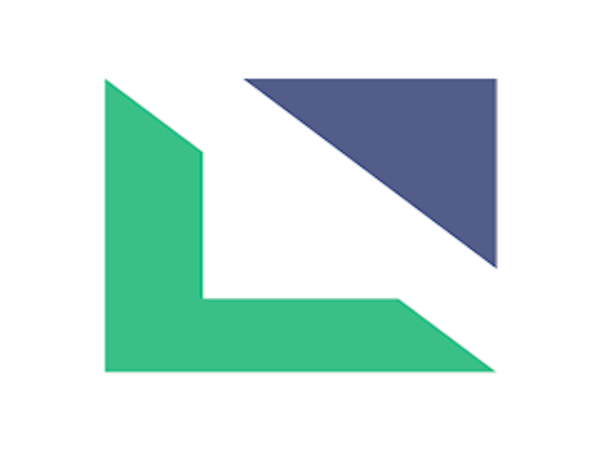Financial literacy is a crucial skill for anyone looking to take control of their financial lives. However, for those who are new to personal finance, it can be overwhelming to know where to start. In this blog, we'll provide a step-by-step guide to financial literacy for beginners, covering the basics of personal finance and providing actionable tips to help you improve your financial literacy.
Step 1: Understand Your Financial Situation
Before you can start making progress towards financial literacy, you need to understand your current financial situation. This includes:
- Tracking Your Income: Write down all your income sources, including your salary, investments, and any other regular income.
- Tracking Your Expenses: Write down all your expenses, including fixed expenses like rent and utilities, and variable expenses like groceries and entertainment.
- Creating a Budget: Use a budgeting app or spreadsheet to categorize your expenses and create a budget that accounts for all your income and expenses.
Step 2: Set Financial Goals
Once you have a clear understanding of your financial situation, it's time to set financial goals. This includes:
- Short-Term Goals: Set specific, achievable goals for the next 6-12 months, such as paying off debt or building an emergency fund.
- Long-Term Goals: Set long-term goals, such as saving for retirement or a down payment on a house.
- Prioritizing Goals: Prioritize your goals based on importance and urgency, and focus on achieving the most critical ones first.
Step 3: Build an Emergency Fund
An emergency fund is a crucial component of financial literacy, providing a safety net in case of unexpected expenses or financial setbacks. To build an emergency fund:
- Determine Your Emergency Fund Goal: Aim to save 3-6 months' worth of living expenses in your emergency fund.
- Start Small: Start by saving a small amount each month, and gradually increase the amount as your emergency fund grows.
- Automate Your Savings: Set up automatic transfers from your checking account to your emergency fund to make saving easier and less prone to being neglected.
Step 4: Pay Off High-Interest Debt
High-interest debt, such as credit card debt, can be a significant obstacle to achieving financial literacy. To pay off high-interest debt:
- List Your Debts: Write down all your debts, including the balance, interest rate, and minimum payment for each.
- Prioritize Your Debts: Prioritize your debts based on interest rate, with the highest-interest debt being paid off first.
- Pay More Than the Minimum: Pay more than the minimum payment on your highest-interest debt to pay it off faster and save on interest.
Step 5: Build Credit
Building credit is an important part of financial literacy, as it can help you qualify for loans and credit cards at better interest rates. To build credit:
- Check Your Credit Report: Obtain a copy of your credit report and review it for errors or inaccuracies.
- Make On-Time Payments: Make all your payments on time, including credit card payments, loan payments, and utility bills.
- Keep Credit Utilization Low: Keep your credit utilization ratio (the amount of credit used compared to the amount available) below 30% to avoid negatively impacting your credit score.
Step 6: Invest for the Future
Investing for the future is an important part of financial literacy, as it can help you build wealth and achieve your long-term financial goals. To invest for the future:
- Start Early: Start investing as early as possible to take advantage of compound interest.
- Diversify Your Portfolio: Spread your investments across different asset classes, such as stocks, bonds, and real estate, to minimize risk.
- Automate Your Investments: Set up automatic investments to make investing easier and less prone to being neglected.
Conclusion
Financial literacy is a crucial skill for anyone looking to take control of their financial lives. By following these steps, you can improve your financial literacy and achieve your financial goals. Remember to start early, stay consistent, and seek professional guidance when needed. With financial literacy, you'll be empowered to make informed financial decisions and achieve financial success.
Additional Resources
- Financial Literacy Courses: Explore online courses or workshops tailored to beginners to improve financial literacy.
- Financial Planning Tools: Utilize age-appropriate financial planning tools and apps to track your progress and achieve your financial goals.
- Financial Advisors: Consult with a financial advisor or planner who specializes in working with beginners to get personalized guidance and support.
Final Thoughts
Financial literacy is a lifelong journey, and the steps outlined in this guide are just the beginning. By following these steps and staying committed to your financial goals, you can achieve financial success and live a more financially secure life. Remember to stay informed, stay disciplined, and seek professional guidance when needed. With financial literacy, you'll be empowered to make informed financial decisions and achieve your financial goals.


.jpg)





.webp)






(0) Comment(s)
Write a comment